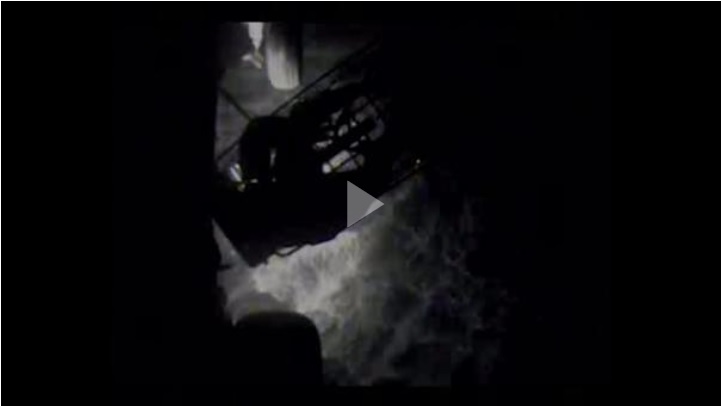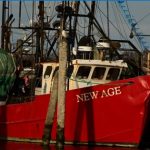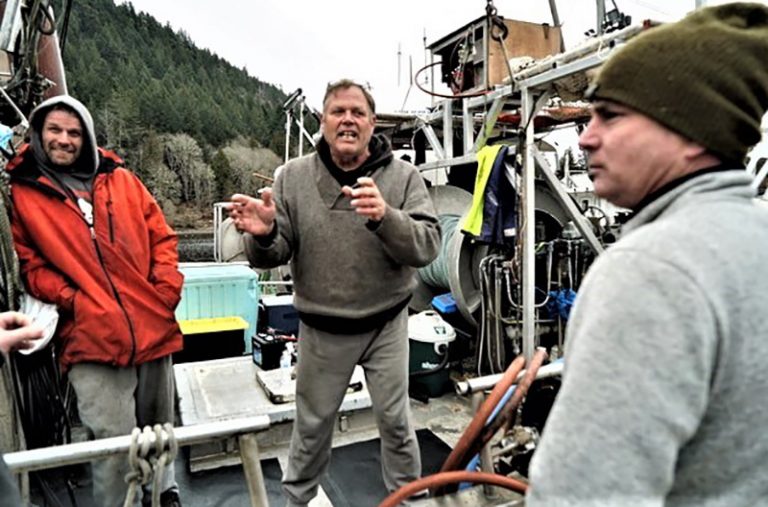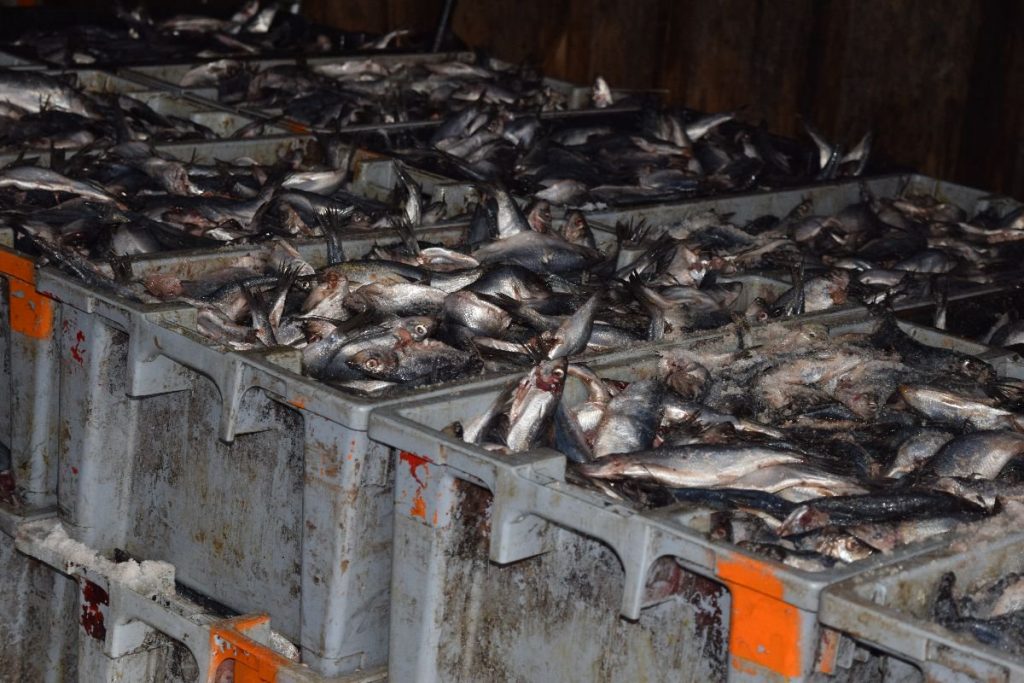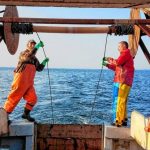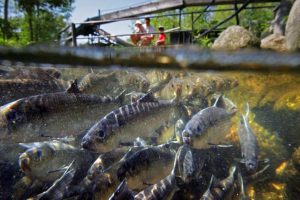Search Results for: DNV GL
DNV GL Launches Rules for US Fishing Fleet
 The fishing vessel industry fatality rate is 30 times higher than the average of all U.S. industries. To address this, U.S. legislation requires that all new fishing vessels larger than 50 feet must be built to classification rules. DNV GL is the only classification society to develop rules specifically for the U.S. domestic fishing fleet, addressing how fishing vessels are designed, built and maintained for safety. Read the rest here 21:10
The fishing vessel industry fatality rate is 30 times higher than the average of all U.S. industries. To address this, U.S. legislation requires that all new fishing vessels larger than 50 feet must be built to classification rules. DNV GL is the only classification society to develop rules specifically for the U.S. domestic fishing fleet, addressing how fishing vessels are designed, built and maintained for safety. Read the rest here 21:10
DNV GL Rules for US Fishing Vessels
 The fishing vessel industry fatality rate is 30 times higher than the average of all US industries. To address this, US legislation requires that all new fishing vessels bigger than 50 feet must be built to classification rules. DNV GL is the only classification society to develop rules specifically for the US domestic fishing fleet, addressing how fishing vessels are designed, built and maintained for safety. Read the rest here 10:47
The fishing vessel industry fatality rate is 30 times higher than the average of all US industries. To address this, US legislation requires that all new fishing vessels bigger than 50 feet must be built to classification rules. DNV GL is the only classification society to develop rules specifically for the US domestic fishing fleet, addressing how fishing vessels are designed, built and maintained for safety. Read the rest here 10:47
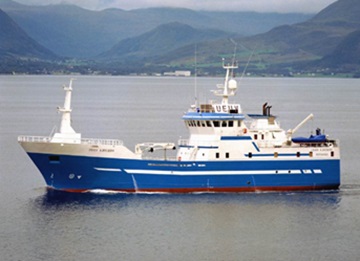
Fishing Vessel Nord-Fugloy: Seiner designed for northern Norwegian waters
Norwegian shipbuilder Larsnes Mek Verksted recently delivered a new seiner to compatriot fishing company Camaro Fiskeriselskap. Named after a local island, Nord-Fugløy was built to a DNV-compliant design developed by local naval architecture firm Skipskompetanse for seine netting and purse seining. Kent-Arild Apneseth, project manager at Skipskompetanse, said the brief from the owner was to optimise a vessel for the coastal fishery and implement a new way of operating Danish seine, hauling the net from the stern in a manner that will increase efficiency and to be able to operate more securely in a larger weather window. Photos, >>click to read<<08:21
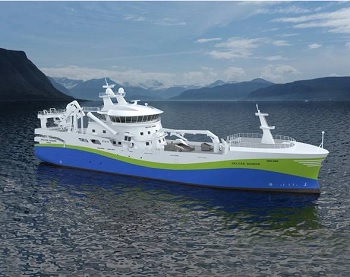
Selvåg Senior: New LNG-Powered Purse Seiner/Trawler cuts GHG 42%
Capable of both trawling and purse seining, the 79.5- x16.2-m vessel will have a molded depth of 6.9 m. The RSW holds, in the DNV-GL classed vessel, will have a total volume of just under 2550 cu. m.. The main propulsion engine will be a medium-speed Wärtsilä 8V31DF, producing 4,800 kW at 750 RPM. The main auxiliary genset will be powered by a Cummins QSK60 generating 1,724 kWe/3×440 VAC/60Hz at 1,800 RPM. The QSK60 engine will be fitted with IMO Tier 3 compliant SCR after treatment systems. She has a 15-knot design speed and accommodation for up to 14 crewmembers. >click to read< 08:05
Coast Guard, good Samaritan rescue 2 men presumed lost at sea
Editors’ Note: Click on images to download high resolution version.
SAN JUAN, Puerto Rico — The Coast Guard and a good Samaritan rescued two fishermen, Monday, who were presumed lost at sea, 23 miles northeast of Cat Island, Bahamas.
Rescued were Domingo Jimenez, 45, and Ramon Castillo, 29, both from Santo Domingo, Dominican Republic.
A Coast Guard Air Station Clearwater MH-60 Jayhawk helicopter crew, forward deployed for Operation Bahamas Turks and Caicos (OPBAT), hoisted Jimenez and Castillo and safely transferred them to Bahamian Authorities in Nassau, Bahamas.
Coast Guard Sector San Juan watchstanders received a report from the good Samaritan vessel Signet Intruder crew reporting they were flagged down by two people in a vessel, who reported to have been adrift for approximately two weeks. The watchstanders directed the launch of an OPBAT Jayhawk helicopter crew to assist.
“These two men were presumed lost at sea but were found and safely rescued because a good Samaritan spotted them,” said Cmdr. Juan M. Hernandez, with Sector San Juan.. “Search and rescue cases are very dynamic and very case to case, which is why it’s imperative that prior to leaving the docks a person needs to file a float plan, have a VHF radio, have proper emergency equipment, like flares and signaling devices, and life jackets.”
On May 5, Sector San Juan watchstanders received a report from a concerned family member of an overdue 25-foot fishing vessel with two people aboard approximately 132 miles northeast of Samana, Dominican Republic. The two men reportedly departed Samana May 2 to fish and were expected back May 5.
Jimenez and Castillo reportedly encountered severe weather and lost their outboard engine leaving them stranded and adrift.
The Coast Guard Cutter crews from the Donald Horsley and Richard Dixon along with Coast Guard Air Station Clearwater HC-130 Hercules and Coast Guard Air Station Miami HC-144 Ocean Sentry airplane crews searched for more than 50 hours covering more than 9,690 square miles, nearly the size of Maryland, before they suspended the search on the evening of May 6.
Here are some tips boaters can use to have a safe and fun summer on the water:
- Always wear a life jacket. More than two-thirds of recreational boating accidents result in drownings, and, more than 84% of those who drowned were not wearing life jackets.
- Boat sober. Alcohol was the leading factor in boating accidents for 2018. It is illegal to operate a boat while under the influence of alcohol or drugs in every state. Penalties for violating BUI/BWI laws can include large fines, suspension or revocation of boat operator privileges and jail terms.
- Ask the Captain. Before you get underway on a charter, or even pay for the trip, ask the captain to see their credentials. You are putting your life at risk and in danger when you get underway on a charter vessel without a properly credentialed mariner, so you have the right to know the charter is legal.
- Check the weather before going out on the water. Know your weather limitations – what your boat can handle and what it can’t. Check the weather for storms, tides, currents and winds.
- Have an EPIRB. Always go out with an Emergency Position Indicating Radio Beacon. Own it, know it, and register it. An EPIRB is a device that is designed to transmit a distress signal if you get into trouble. No matter where you are in the world, an EPIRB sends a signal to emergency responders through a satellite system.
- Tell someone where you’re going. If you change plans mid-voyage, let someone know! A written float plan should be given to a friend or family member and includes a description of your boat, what is on board and a description of the safety equipment you are carrying.
- Always take a marine radio. A VHF-FM radio is the best method of communication while on the water. Although cell phones are a good backup, they can be unreliable due to gaps in coverage area and the inevitable dead battery.
- Be COVID-19 safe. The National Safe Boating Council offers boaters tips for social distancing and safe boating including: maintaining a safe distance while at the fuel dock, and washing your hands frequently or using a hand sanitizer after touching a marina gate or fuel pump.
Download the free Coast Guard app. Focusing on recreational boating, the app has a float plan function, the ability to check weather reports from the nearest NOAA buoys, a function for calling for assistance when in distress and more. It is currently available for free on iOS and Android devices.
-USCG-
U.S. Coast Guard 7th District Puerto Rico and U.S. Virgin Islands
Contact: Coast Guard Puerto Rico PA Office
Office: 787-729-2381
After Hours: 787-510-7923






 New classification rules for U.S. fishing vessels address safety issues through collaboration, new rules and an eye towards economy. With this in view, U.S. legislation requires that all new fishing vessels of at least 50 feet overall in length are to be built and maintained to classification rules.
New classification rules for U.S. fishing vessels address safety issues through collaboration, new rules and an eye towards economy. With this in view, U.S. legislation requires that all new fishing vessels of at least 50 feet overall in length are to be built and maintained to classification rules. 